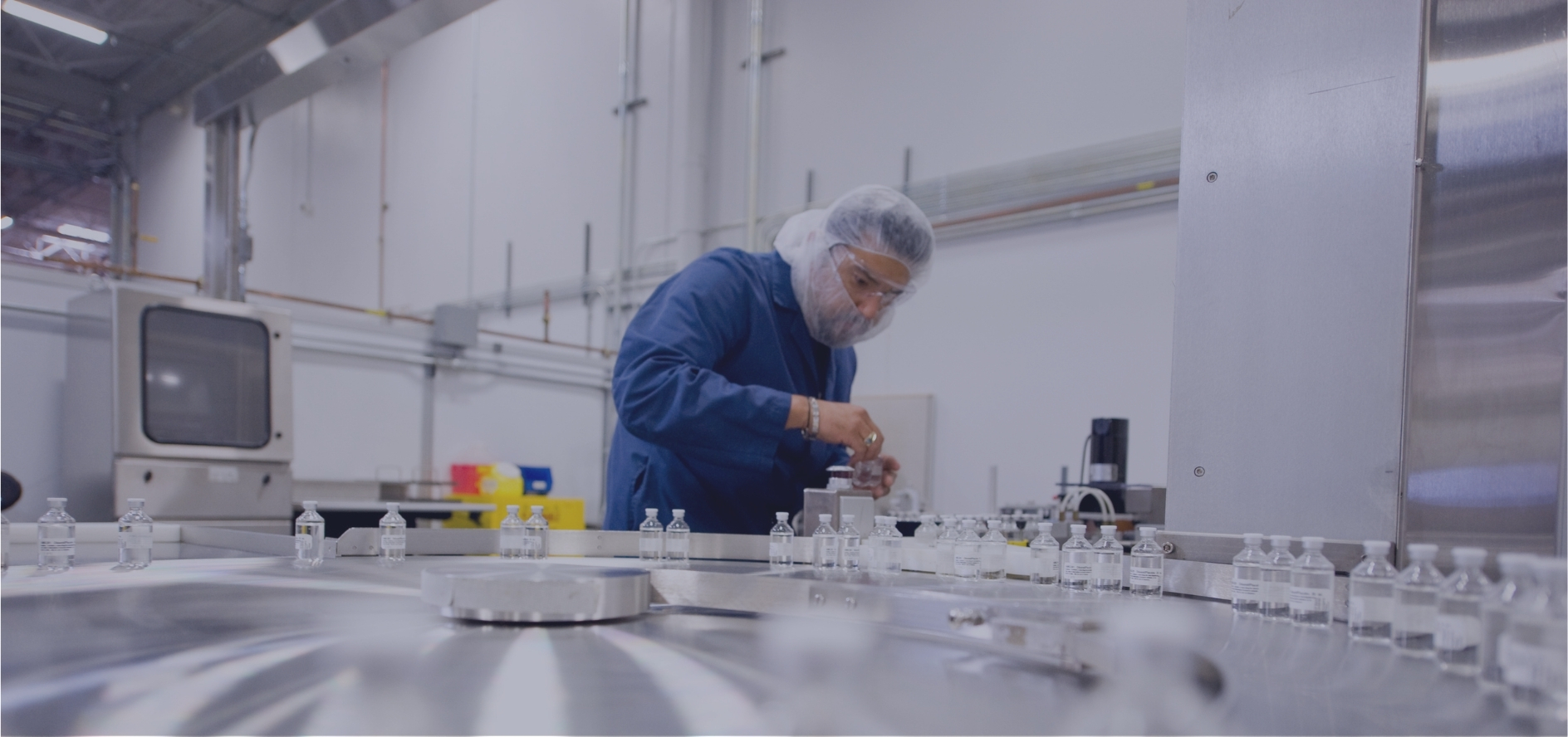From manufacturing to supply chain, food & beverage to aerospace —
explore crucial insights across multiple industries, all here within the Generis Group blog.
Recent Posts
- Clarissa Wong
- April 25, 2024
Exploring the Top Supply Chain Risks of 2023 from Sphera Supply Chain Risk Report 2024 Sphera proudly releases its...
- Amalia Osorio
- April 24, 2024
For our second summit of the season, we headed to "Golden Gate City" for our 10th annual American Biomanufacturing...
- Clarissa Wong
- April 23, 2024
Businesses that have mastered the modern supply chain have embraced one key learning: real-time digital awareness...
- Maduo Dijeng
- April 17, 2024
In the intricate ballet of strategy, innovation, and operational efficiency, lies the world of procurement. It's a...
- Stephanie Lim
- April 4, 2024
We've started the year off strong with the success of our 10th anniversary of the American Manufacturing Summit! We...
- Amber Guido
- March 27, 2024
As the Chief Quality Officer and Senior Vice President at Amgen, Jackie Elbonne is passionate about elevating and...
- Amalia Osorio
- March 18, 2024
The 2024 events season has officially kicked off, and the Generis team is excited to return on-site for our upcoming...
- Anastasiia Romanenko
- March 14, 2024
Tonya Sisco, Executive Director of Global Equity at Cummins, is a dynamic leader spearheading initiatives for racial...
- Amber Guido
- March 8, 2024
"Being open to change and learning has been my North Star in most of my decisions and my career." In the dynamic...
Subscribe to our Blog
Receive the latest updates about new articles, interviews, and e-books, straight to your inbox.
.png?width=500&height=162&name=Generis%20Logo%20(2).png)









